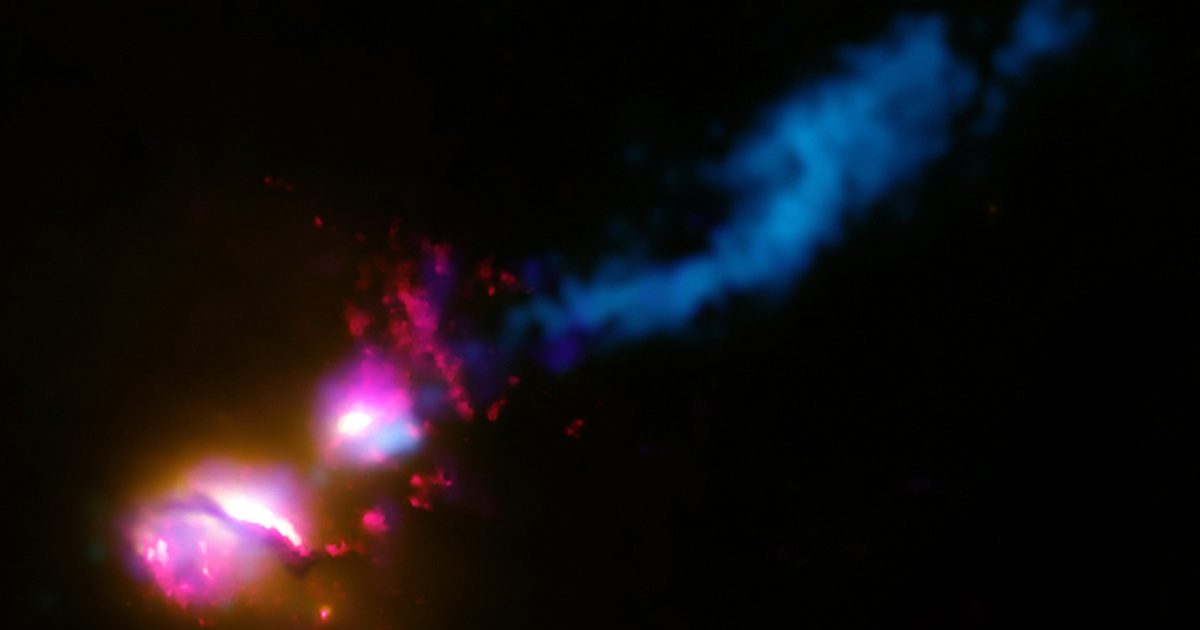The open Hyades cluster in the constellation Taurus contains many black holes, according to data collected by the European Space Agency’s Gaia space telescope. According to our current knowledge, these black holes could be the closest to the solar system. Researchers from the University of Padua and the University of Barcelona discovered Monthly Notices of the Royal Astronomical Society Announce.
Black holes are celestial bodies formed as a result of the collapse of stars from whose extremely strong gravity no light can escape. Matter that crosses the boundary line called the event horizon can no longer return and remains trapped in the extreme curvature of space-time. The nature and operation of black holes is an ever-evolving field in cosmological and physical theory, but it is clear to everyone that they are among the most destructive phenomena in the universe, and the farther away they are from us the better. .
Until now, the closest known black hole was Gaia BH1, also discovered by Gaia, at a distance of 1,560 light-years.
Therefore, no light comes from black holes, so detecting them is not a trivial task. In the case of the Hyades, Italian and Spanish astronomers modeled the motion of the cluster’s stars to determine their non-luminous centers of gravity. The cluster consists of stars that were born from local gas clouds at about the same time. The black holes here have been partially or completely expelled from this region of space over the past 150 million years, but they’re still not very far away. According to experts, based on the scenario that is most consistent with real data, there are still two or three black holes hiding in the cluster. If so, it is only about 150 light-years from the solar system.
The result is a breakthrough and pays tribute to the technical capabilities of the Gaia space telescope, which has been used since 2013 to track the movements of members of certain star clusters.
These observations help us understand how black holes affect the evolution of star clusters. Through the results, we can also find out where these mysterious celestial bodies are located in our galaxy
– Mark Gillis, one of the authors of the research from the University of Barcelona, confirmed.
(Scitech Daily, Space.com website)












































